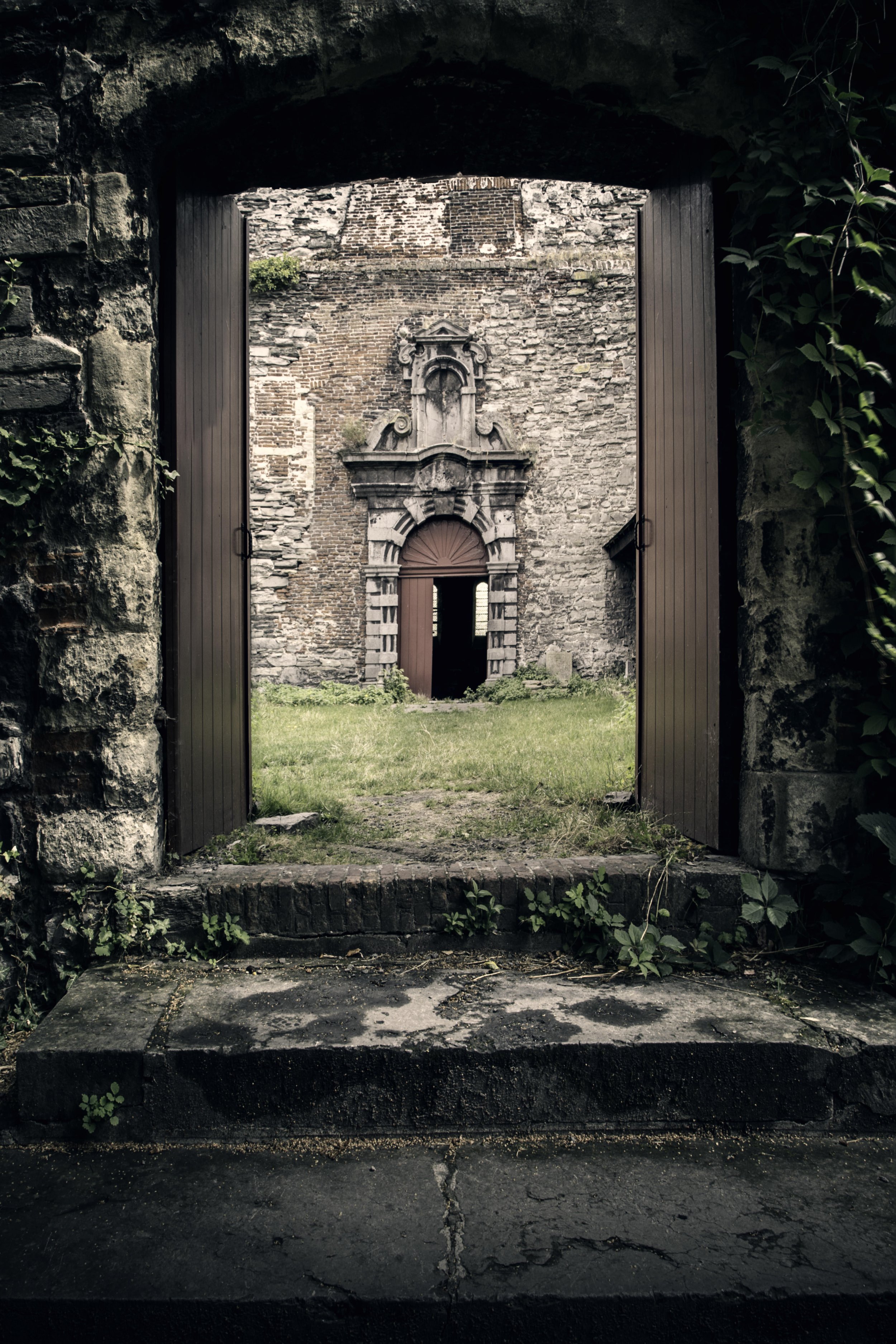St. Bavo’s Abbey, Ghent, Belgium


St. Bavo’s Abbey was originally founded in the 7th Century by Saint Amand, who also founded St. Peter’s Abbey in Ghent. Louis the Pious, who was the youngest son of Charlemagne, and later King of the Franks from 814-840, chose Einhard, who had been Charlemagne’s secretary, to become the Abbot of St. Bavo’s Abbey. Abbot Einhard also wrote the history of Charlemagne.
In the second half the 9th Century the Abbey was attacked twice by Viking raiders, and the monastic community fled to Laon. St. Bavo’s Abbey was then thought to have been abandoned for the next 50 years, before a monastic community returned and re-established the Abbey under the direction of Bishop Tournai.
Work began at the Abbey in the mid-10th Century, under the Rule of St. Benedict. The Abbey was gradually rebuilt and it was during the time of Abbot Owdinus (981-998), that the Abbey church was rebuilt. The new church was consecrated in 1058, and formally attached to the Order of Saint Benedict.
For the next 200 years, throughout the 10th and 11th Centuries, the Abbey was in a feud with its neighbour, the Abbey of Saint Peter. Both Abbeys claimed the paternity of Saint Amand, and precedence over its rival.
Although the Abbey today is located in Ghent, in the Middle Ages it was separate from the city, and a small village called Saint Bavon developed around the Abbey. Today the church has entirely disappeared, and is marked only by shrubs. Yet what does remain is a secluded and tranquil oasis of medieval buildings in the middle of the city.
St. Bavo’s Abbey enjoyed great prosperity throughout the Middle Ages. Close relations between Flanders and England saw a visit by the English King and Queen in 1340, when King Edward III and his wife, Philippa of Hainault, stayed at the Abbey. During their stay, the Queen gave birth to her fourth son, John of Gaunt, Duke of Lancaster.
In 1369, the marriage of Philip the Bold, Duke of Burgundy, and Margaret of Flanders, was celebrated at the Abbey church. As the Abbey continued to prosper, improvement work was carried out with the cloister being re-built in the late 15th Century.
In 1540, the Holy Roman Emperor, Charles V, ordered the destruction of St. Bavo’s Abbey after the rebellion of Ghent. Charles V decided to transform the Abbey into a castle, which was itself dismantled in the first half of the 19th Century. Once the castle was dismantled, the Abbey remains were rediscovered. The Abbey buildings had been partly demolished, and partly absorbed into the castle.






